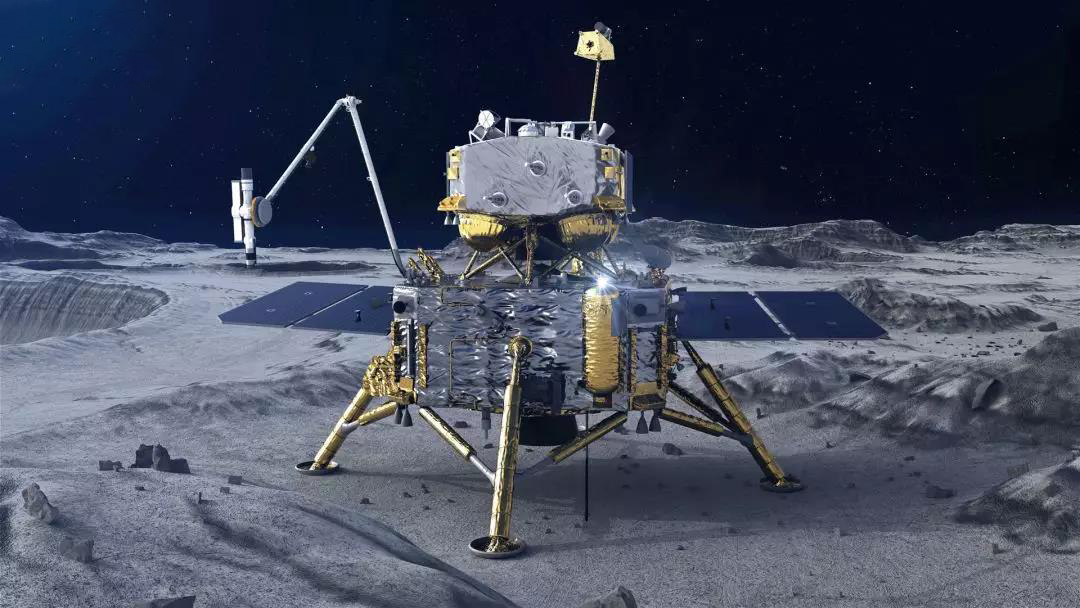The researchers found water in the samples of lunar dust and rocks. The samples were delivered to Earth by the Chinese Chang’e-5 mission. The discovery surprised scientists – the water content in some minerals was higher than expected.

The Chang’e-5 spacecraft landed on December 1, 2020 and took samples of lunar soil and rocks. Two days later, a return stage was launched from the Moon, which delivered samples back to Earth about two weeks later. The mission’s research team analyzed these samples and found signs of water that was embedded in the mineral structure.
Hints of the presence of water were detected by the lander at the sample collection stage. But analysis in a laboratory on Earth allowed researchers to get more information. When studying the dust, it turned out that the water content in the Moon’s soil is negligible – about 28.5 parts per million, which is relatively dry even for our moon. However, in the samples of the mineral apatite, the water content was up to 179 parts per million.
“It is not yet clear whether it is possible to extract water from minerals for subsequent use by future colonists on the Moon. For its extraction, it is necessary to process quite a lot of soil to get water from it. It’s like trying to squeeze water out of a rock in the driest desert on Earth,” says Parvati Prem of Johns Hopkins University in Maryland.
According to Nature
Follow us on Twitter to get the most interesting space news in time
https://twitter.com/ust_magazine

